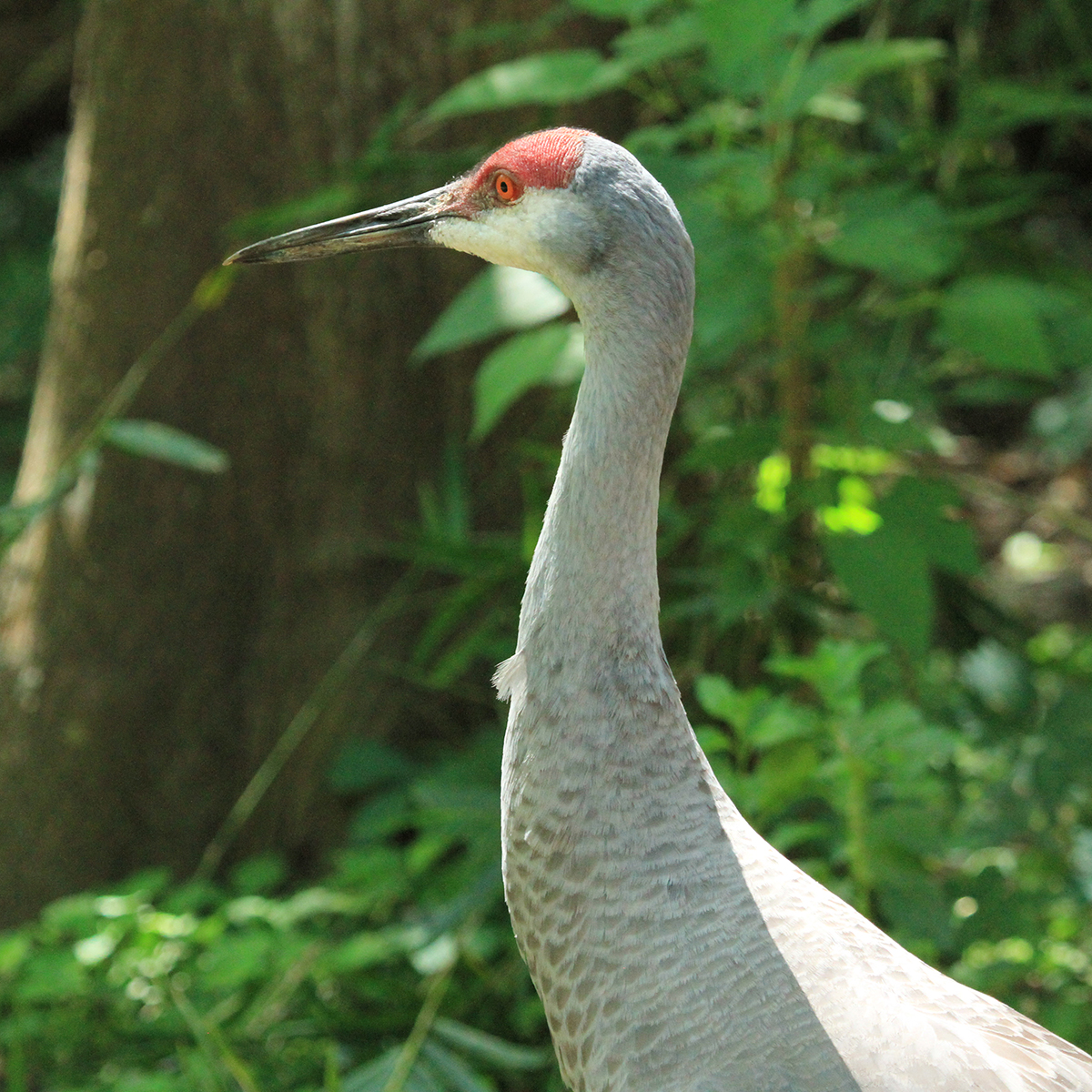- The habitat and distribution of the Florida sandhill crane.
- Behavioral ecology and social structures of the crane.
- Conservation challenges and efforts for the Florida sandhill crane.
- Importance of wetlands in the crane’s life cycle.
- Human interactions and their impact on sandhill cranes.
The Florida sandhill crane (Antigone canadensis pratensis) thrives in a variety of freshwater wetlands. These habitats include marshes, wet prairies, and savannas. They depend on these areas for nesting, feeding, and rearing their young. This species is distinct from other populations of sandhill cranes, primarily found in the southeastern United States. Typically, the Florida sandhill crane has a striking appearance with its tall stature, long legs, and a gray plumage accentuated by a red crown on its head. These cranes have adapted well to their environment and serve as vital indicators of the health of wetland ecosystems.
The Florida sandhill crane showcases complex social behaviors, particularly during the breeding season. They are monogamous and typically engage in elaborate courtship displays. This often involves dancing, which can include jumping, bowing, and calling. The bonds formed during these displays last for life, with pairs returning to the same breeding territory year after year. Communication is essential within their social structure. They use a variety of vocalizations to maintain contact with their mate and offspring, as well as to signal potential threats from predators.
Conservation efforts are crucial for the survival of the Florida sandhill crane, as they face numerous challenges. Habitat loss due to urbanization, water management practices, and agricultural expansion pose significant threats. Wetlands are drained for development or altered to accommodate water extraction, compromising the cranes’ breeding grounds. The Florida Fish and Wildlife Conservation Commission has implemented measures to protect these habitats and ensure sustainable practices that support both the cranes and the ecosystem.
Wetlands play a critical role in the life cycle of the Florida sandhill crane. These areas are rich in resources, providing essential food sources such as seeds, insects, and small aquatic animals. During the breeding season, cranes build their nests in dense vegetation near water. These nests are often elevated above flood levels, ensuring the safety of their eggs and young. The availability of high-quality wetland habitats directly impacts the reproductive success of the cranes, making conservation of these areas vital.
Human interactions can immensely impact the health of sandhill crane populations. As urban areas expand, the cranes may encounter disruptions in their migratory routes and foraging practices. Collisions with vehicles and disturbances from recreational activities can lead to increased mortality rates. Community awareness and education initiatives play an essential role in promoting coexistence between humans and cranes. Programs that inform the public about the importance of conserving wetland ecosystems benefit both wildlife and people.
Understanding the intricacies of the Florida sandhill crane contributes to broader discussions on wildlife conservation and environmental stewardship. Their dependence on wetlands illustrates the need for sustained efforts to preserve these ecologically rich areas. These cranes are more than just a beautiful species; they are integral components of their ecosystems. Protecting them is synonymous with safeguarding the biodiversity of the regions they inhabit.
*****
Source Description
The Florida sandhill crane is found in freshwater wetlands, including marshes, wet prairies, and savannas.


